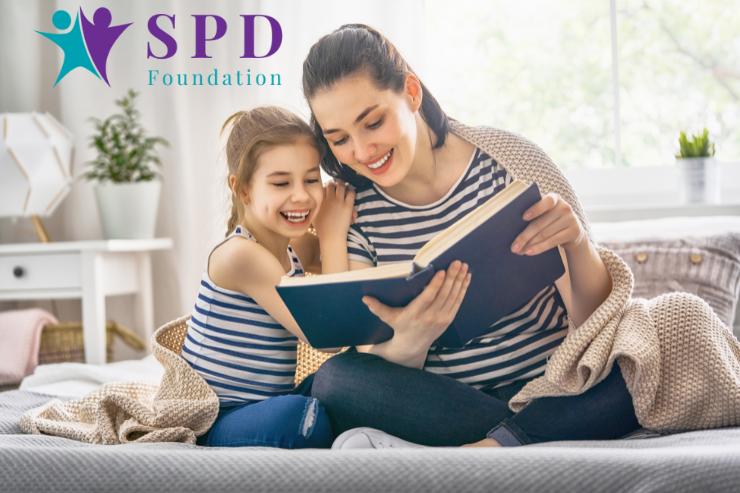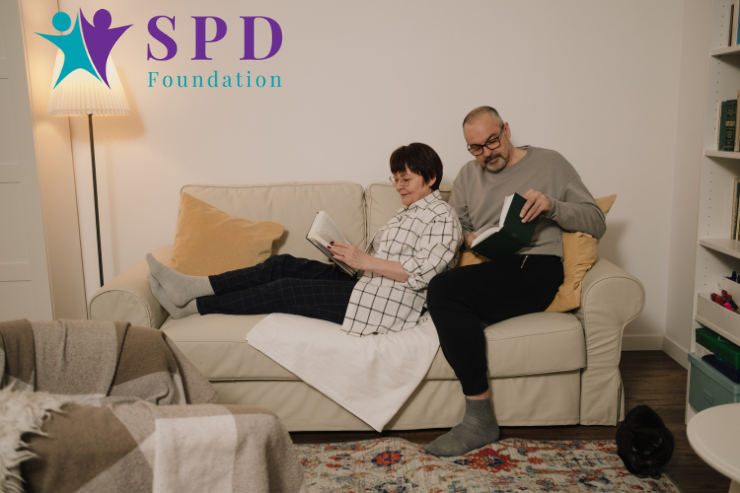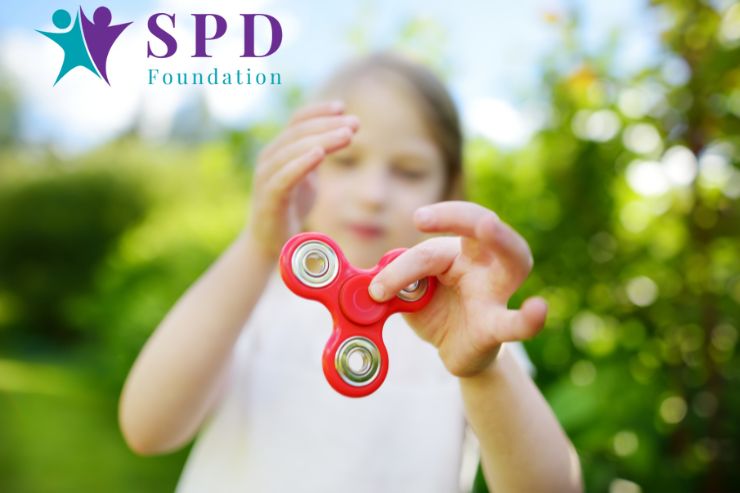Mindfulness is the practice of focusing on the present moment. It involves being aware of your thoughts, feelings, and sensations in the present. People can practice mindfulness through meditation or everyday activities.
Mindfulness can help people with SPD manage sensory challenges. Common techniques include focused breathing, meditation, and yoga.
SPD affects how the brain processes sensory information, like sight, sound, touch, taste, smell, and movement. Signs of SPD in adults include over- or under-sensitivity to stimuli, difficulty filtering out background noise, and sensory overload, among others.
SPD often coexists with other conditions such as ADHD, depression, and autism spectrum disorder (ASD). However, SPD can also occur independently.
Differentiating SPD from Other Conditions
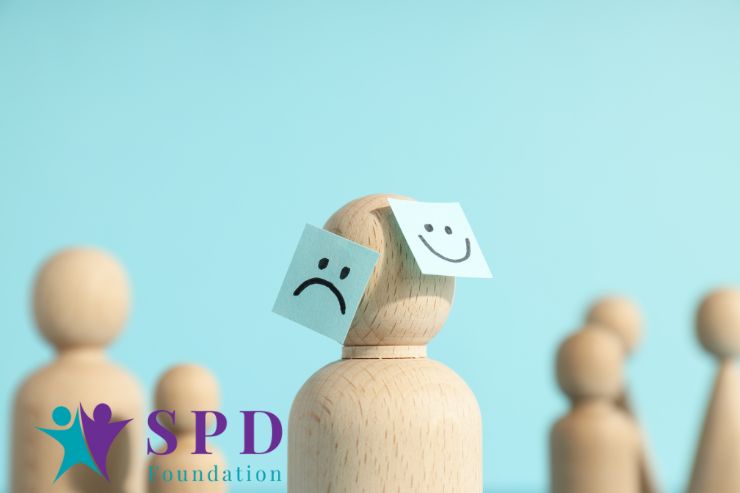
- SPD vs. ADHD: Although these two neurodevelopmental disorders can coexist, they have different causes and symptoms. SPD affects sensory processing, while ADHD affects attention and impulse control. An estimated 40-60% of children with SPD also have ADHD symptoms.
- SPD and Autism Spectrum Disorder (ASD): Research indicates that many children with SPD do not have ASD. However, the majority of children with ASD exhibit significant SPD symptoms.
Approaches to Treating SPD
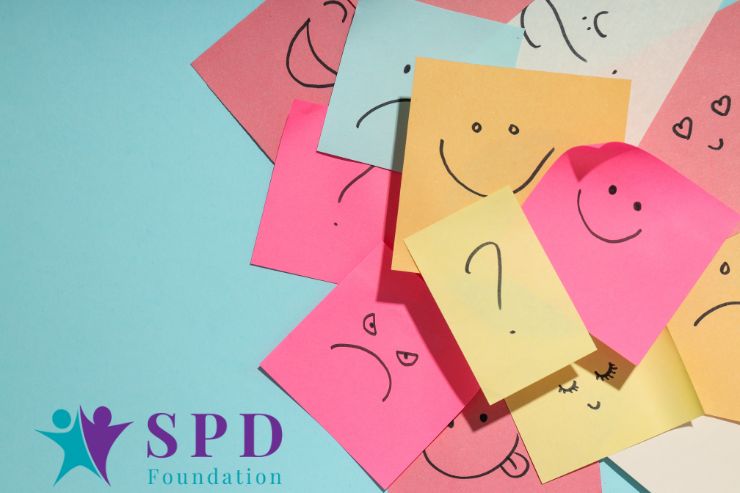
The severity of SPD varies, so treatment needs to be tailored. SPD can manifest in different ways, including hypersensitivity, hyposensitivity, and sensory-seeking behaviors. Parents should prepare children for new situations to help them cope.
Interventions include:
- Listening Therapy (LT): Uses music and sound to enhance auditory processing.
- Combination Therapy: Incorporates multiple therapeutic approaches.
- Complementary Therapies: Includes the Wilbarger protocol, acupuncture, and time tracking.
Using Mindfulness to Manage SPD
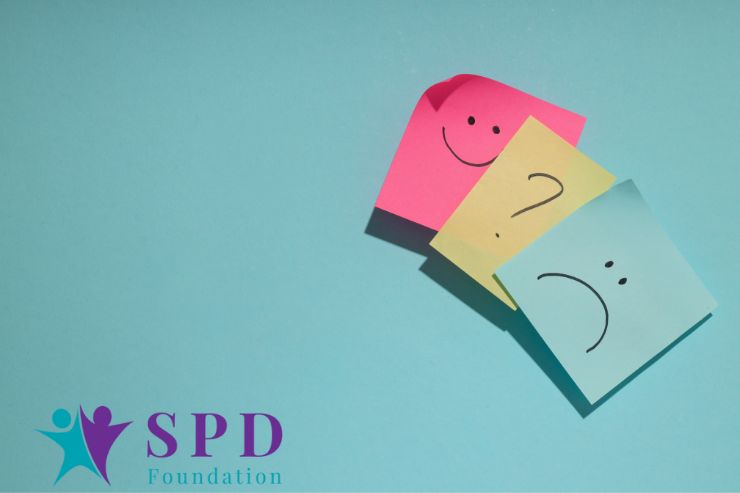
Mindfulness techniques can help children with SPD improve attention and reduce distraction. Occupational therapists can help them learn mindfulness practices to become more aware of their sensory environment. These techniques include mindful breathing, eating, movement, and crafts.
Teaching Mindfulness to Children
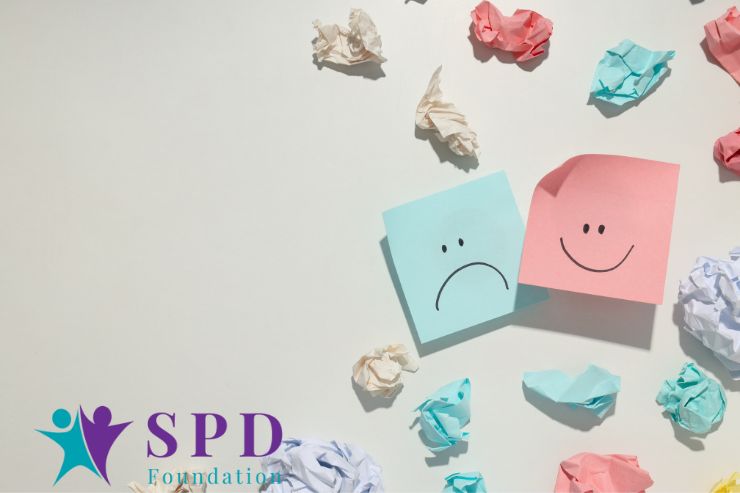
To teach mindfulness effectively:
- Choose a quiet, inviting space.
- Ensure the child is calm and ready.
- Explain mindfulness and engage in activities together.
- Use techniques like breathing exercises, mindful eating, and crafts.
Using Affirmation Cards for Mindfulness
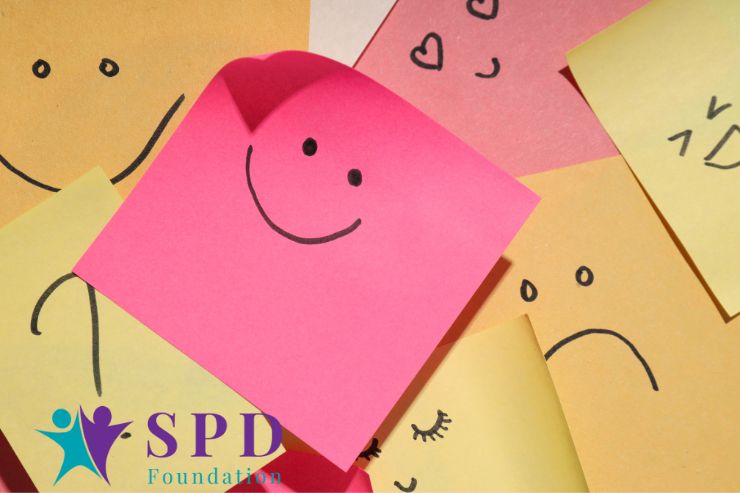
Affirmation cards can remind children of their strengths and abilities. GRADO’s affirmation cards, for instance, contain positive statements, questions, and reflections to encourage mindfulness.
Two helpful card decks include:
- Live a Fulfilled Life
- Ojas
These cards can help children connect with their inner selves and prepare for meditation. By reading a few cards before meditation, children can feel calmer and more present.





